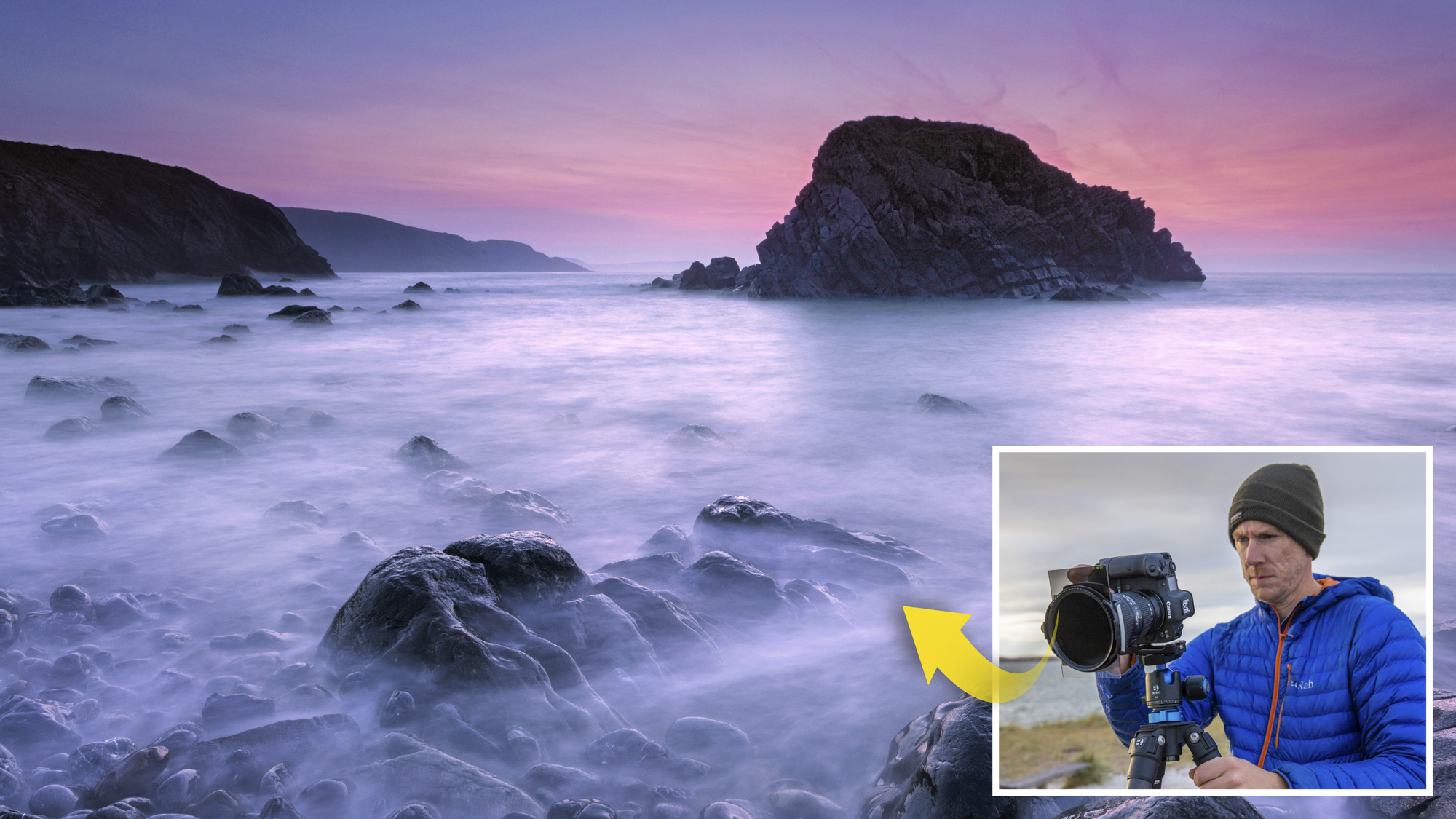
Watch video above: Capture the coast
Living in Pembrokeshire, I’m lucky enough to have one of the best coastal areas in the world on my doorstep, so it’s fair to say I’m more of a coastal photographer than anything else.
The coast is an ever-changing landscape, from winter storms and crumbling cliffs, to serene summer evenings with lapping waves, so locations can look different every day. Add the sun rising and setting at varying angles through the year and the tides differing in height, all this plays a massive part in your scenes and potential compositions.
Most landscape scenes will need a fair amount of planning and coastal scenes are no exception, especially throwing the tides into mix too, it can make it tricky to decide when and where to go. In this article I’ll give you some of my top tips, including Canon camera settings, lens and filters advice, that will help you to get some top coastal shots too.
1. Plan your shoots
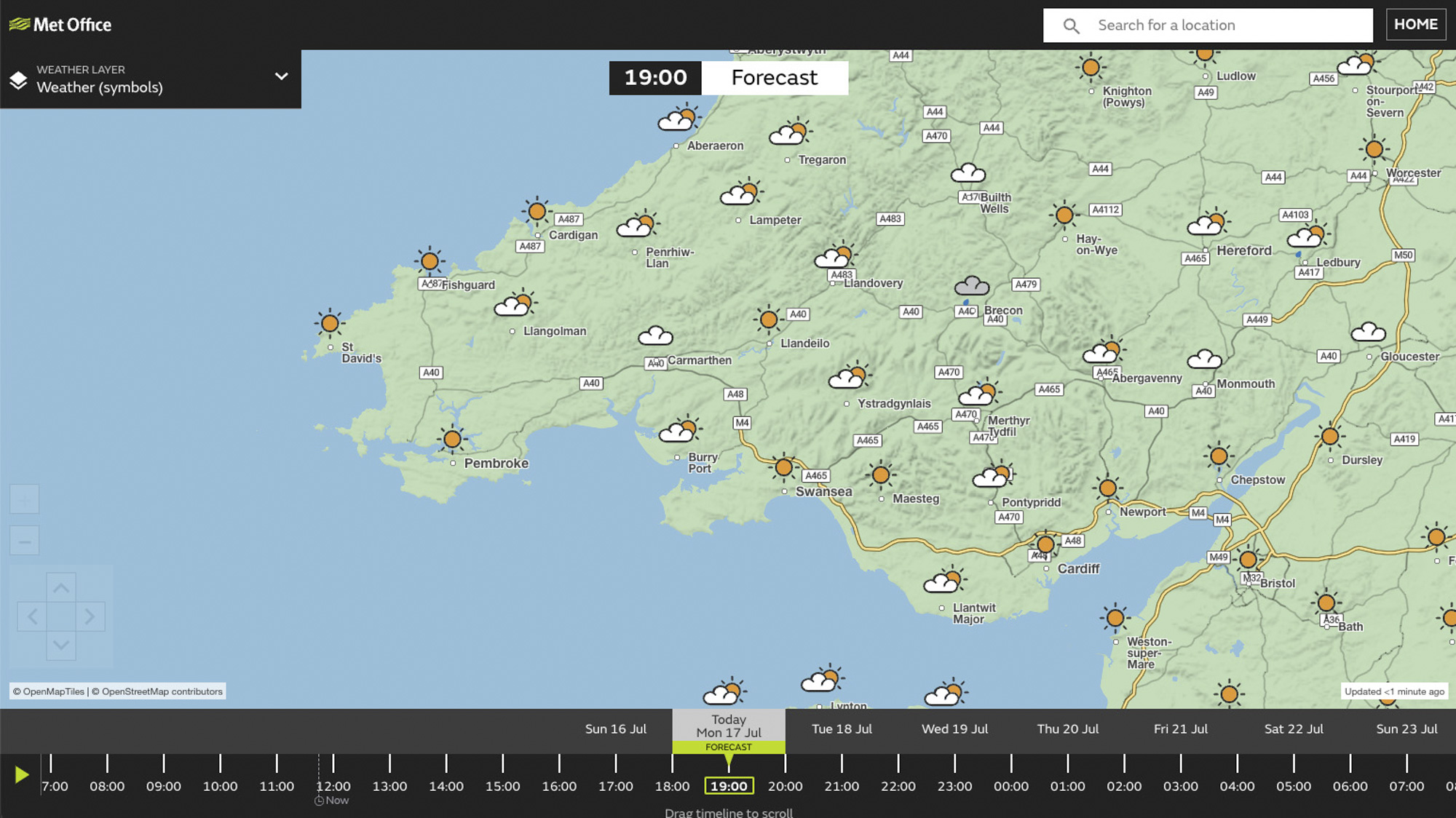
The sun is usually the main variable that will affect the look and feel of a landscape. We know the that the sun rises in the East and sets in the West, but it also shifts more to the North in the summer and South in the winter. I’ll check for weather fronts which may result in interesting skies and use the Met Office and PhotoPills app to check timings, as well as the angle of light.
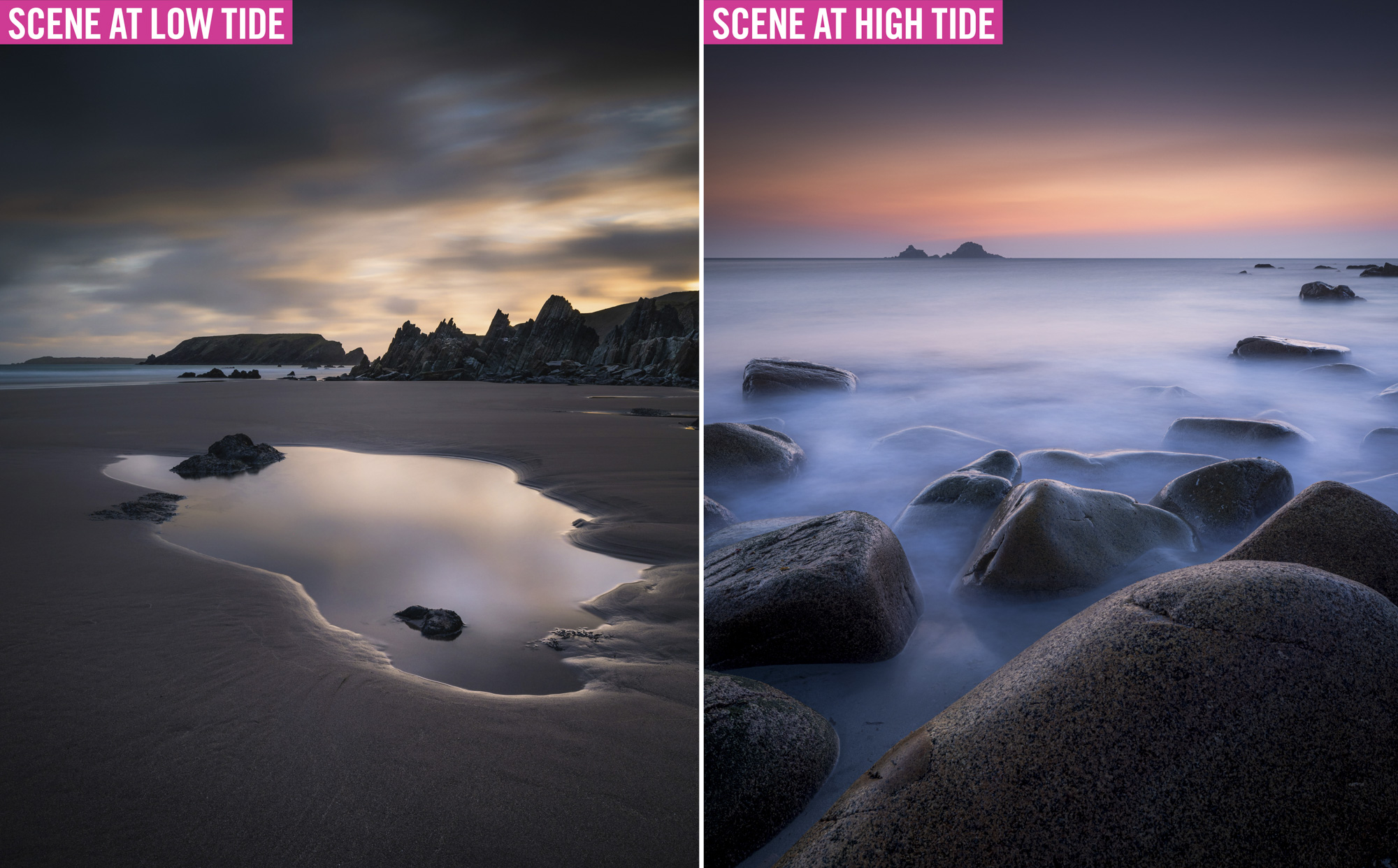
Look at the tide times on sites like www.tides4fishing.com. It’s also useful to visit a location ahead of time and at different tide heights. There will be a ‘best time’ to photograph a location for your composition, and the way that the sea incorporates into the frame will be the biggest feature to change the appearance of your images.
2. Lens choice
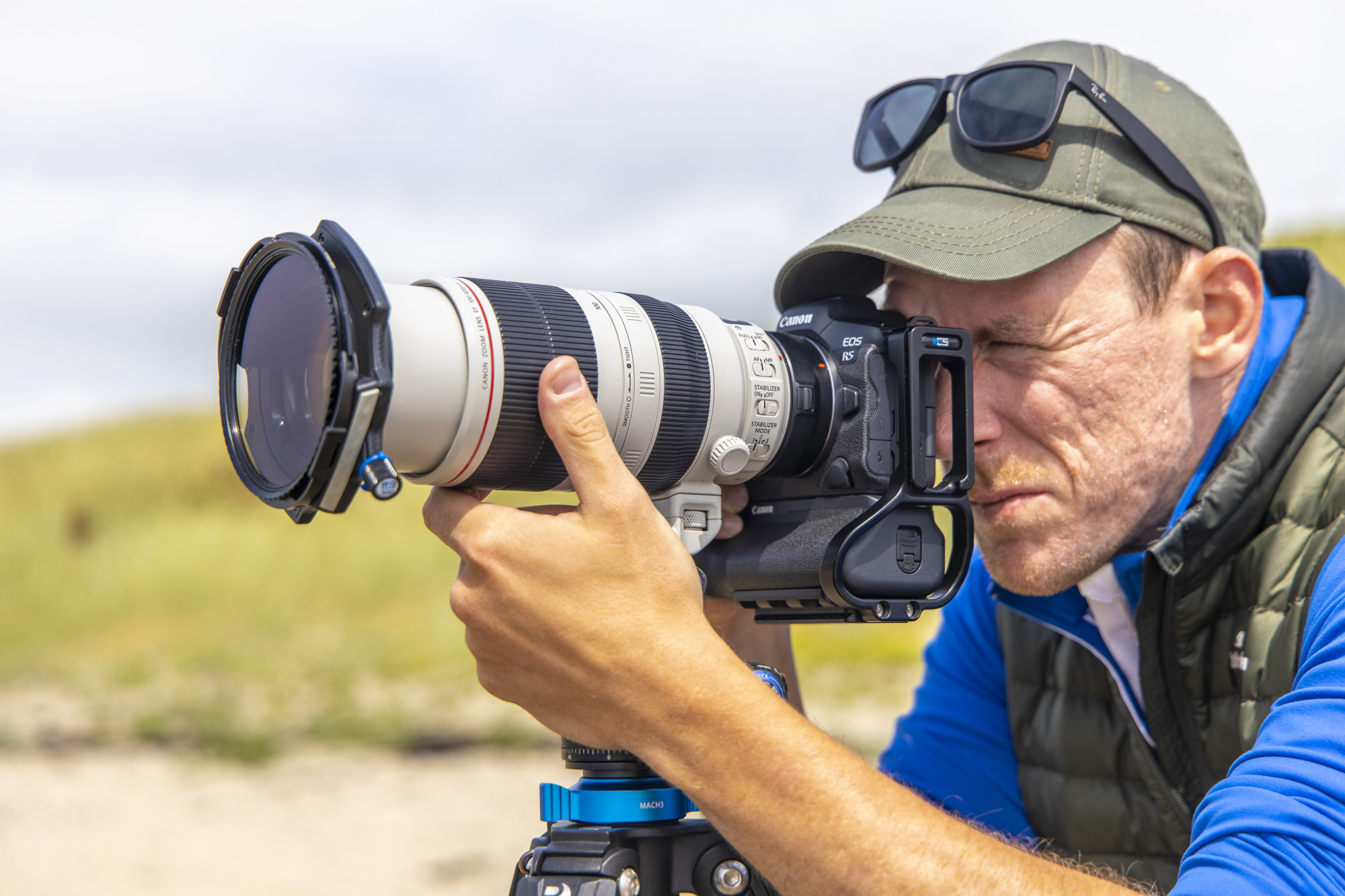
Your lens will be the deciding factor that controls your field of view and what you include or exclude in the frame. I mainly use three lenses to cover most scenarios. Firstly, I use the Canon RF 24-105mm F4L IS USM – it’s razor sharp and gives me great flexibility when composing with its zoom. Secondly, I opt for the RF 15-35mm F2.8L IS USM for those scenes where I need to go wider, or I want to include everything in the nearest vicinity.
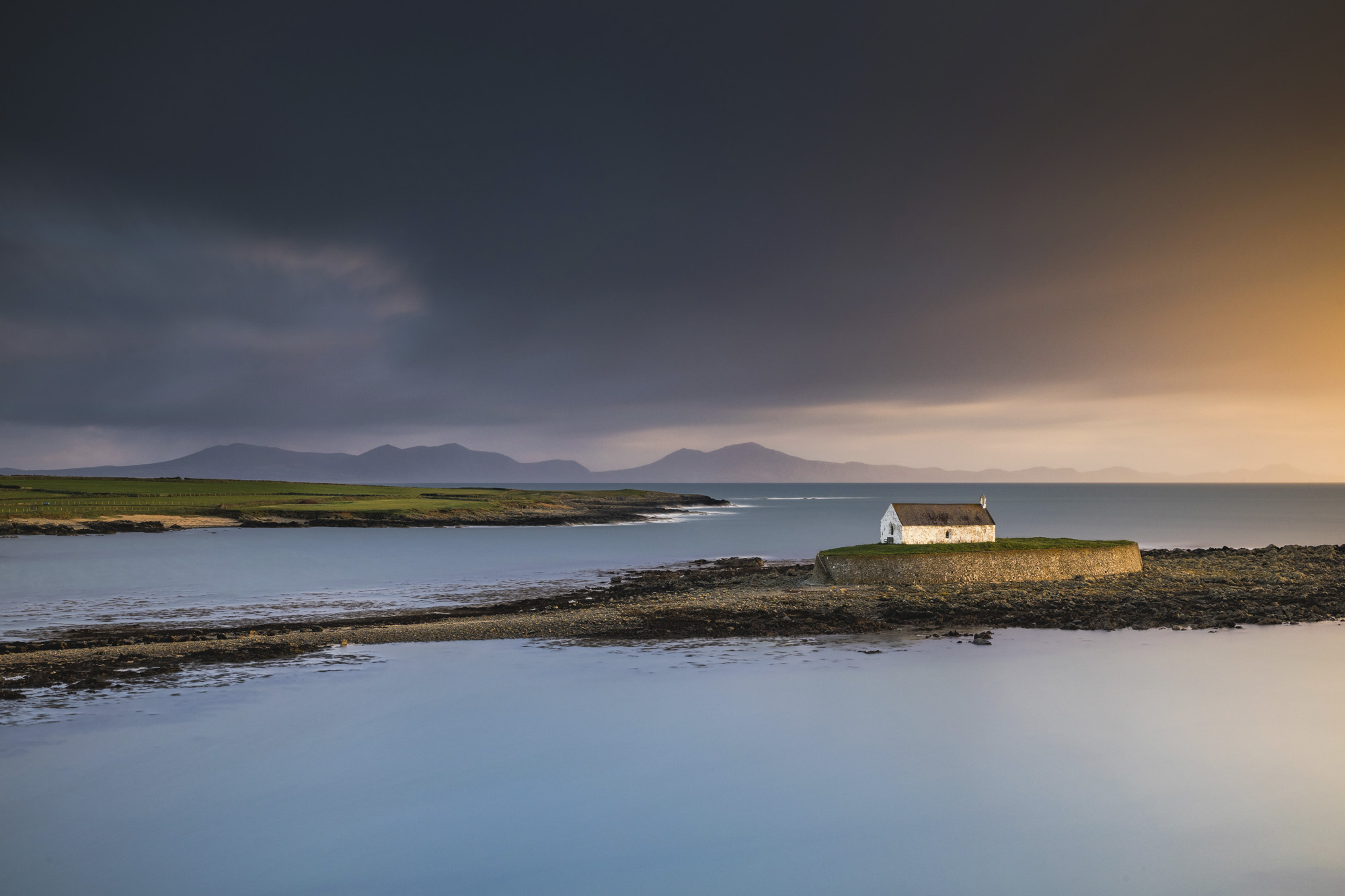
The third lens, which doesn’t get used so much but is still handy, is the RF 100-500mm F4.5-7.1L IS USM telephoto zoom. This is amazing for shooting single crashing waves from a safe distance, cliffs, islands, or isolating coastal features when I’m on a high viewpoint looking down the coast.
3. Using filters

If you need to own just one filter for coastal photography, then a circular polarizing filter should be it. It’ll boost blue skies, reduce surface reflections, such as taking the shine off any rocks, wet sand or seaweed, and really make your sea colors pop!
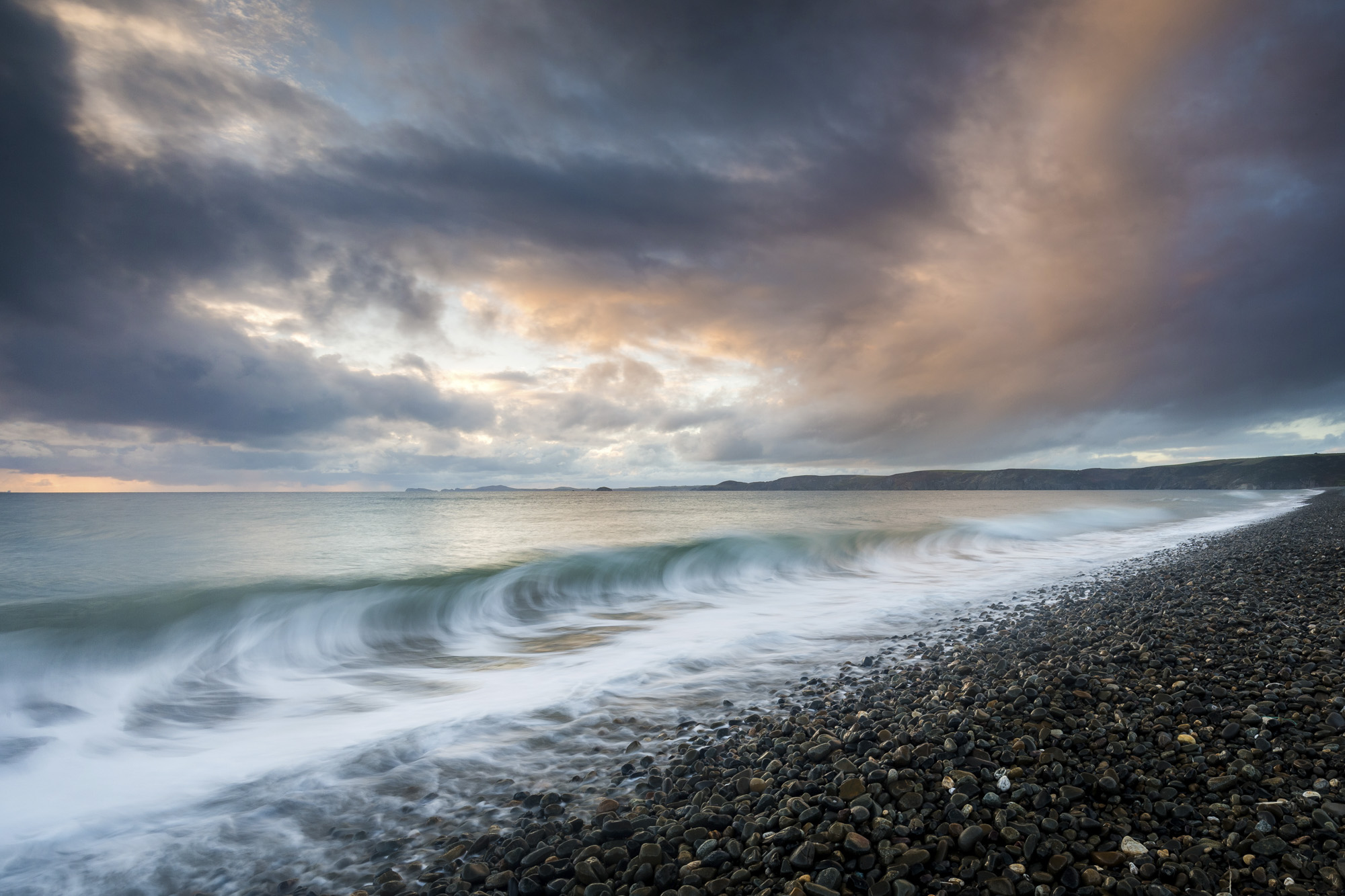
There are also neutral density (ND) filters which come in a variety of strengths – I carry 3, 6 and 10 stop varieties to cut out light and extend your shutter speeds for artistic effect; in most cases, to smooth out or blur moving clouds and water movement. Finally, there are the graduated ND filters, and these help to balance up the difference in exposure between the sky and foreground to capture a more balanced image in terms of exposure.
4. Composition
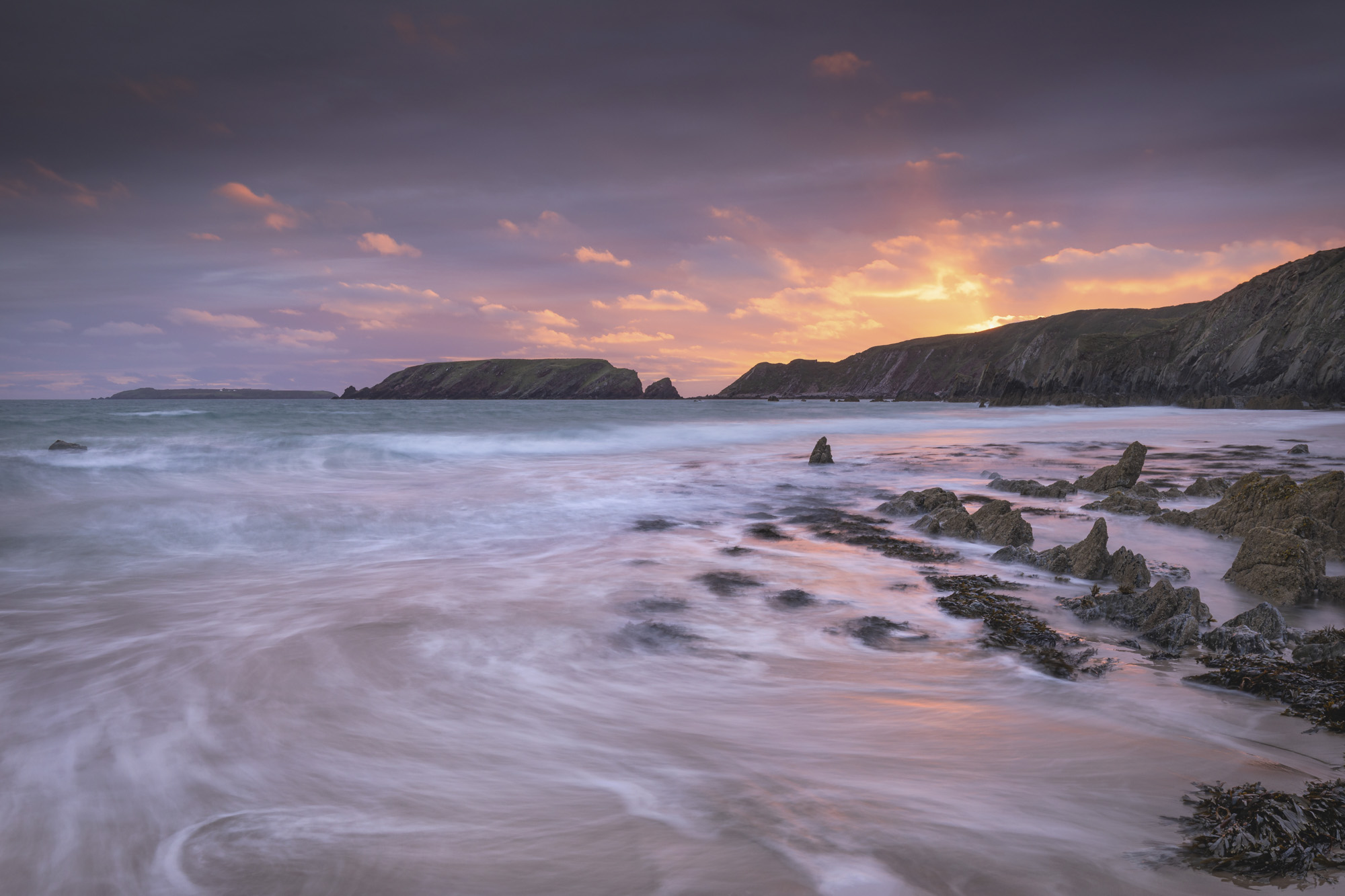
I love emphasizing the uniqueness of our coastline, be it natural arches, sea stacks or amazing strata rock formations along cliffs, so I think it’s important to keep an eye out for features like this as it will emphasize any scene. I find there needs to be a bit of blur to give coastal scenes some life. Water movement is the main factor in any image that can show great energy, especially in stormier weather conditions where the sea is whipped up into a white surf, so it’s good to keep some remnants of this power in your images.
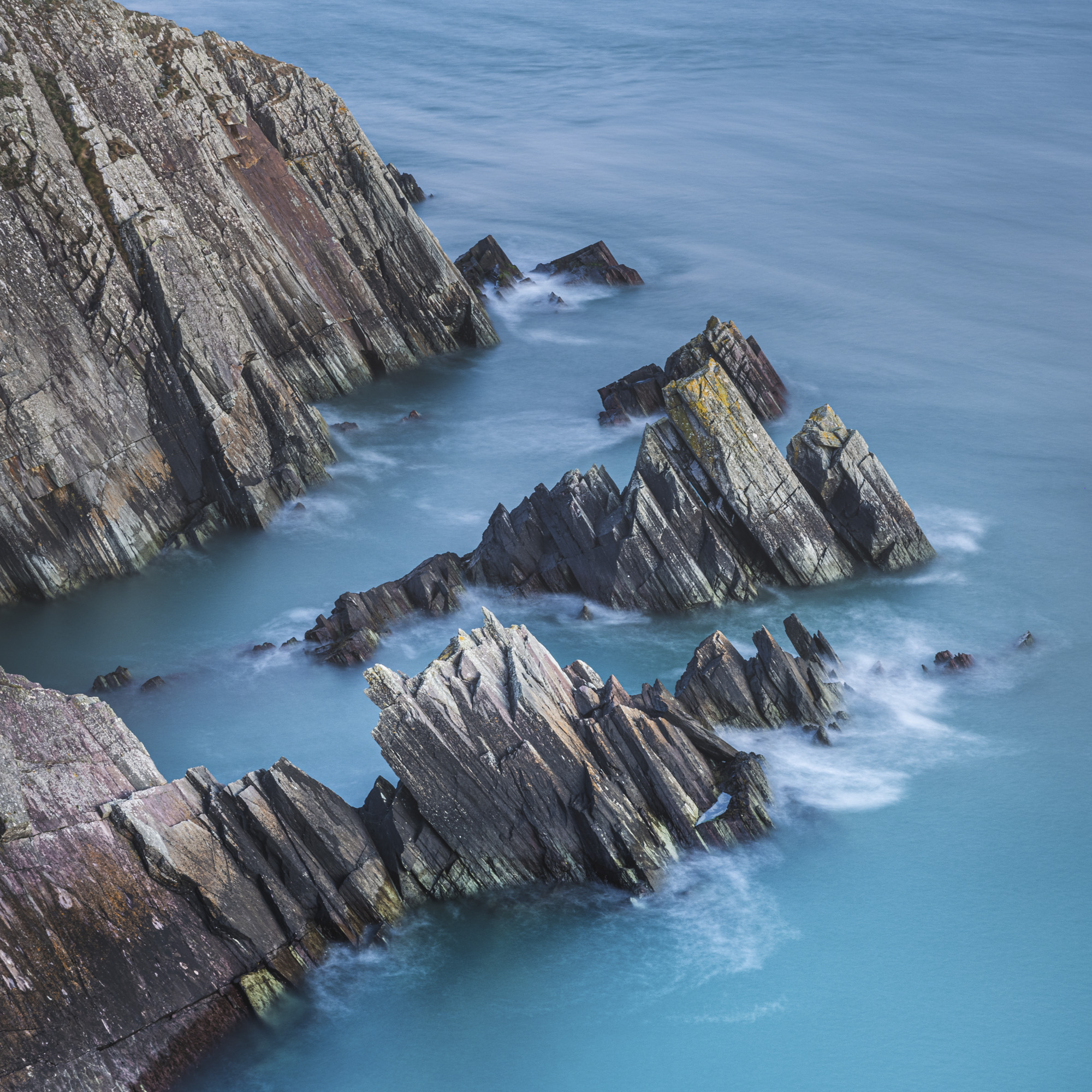
Choose a shutter speed that is sympathetic to the conditions and doesn’t smooth waters too much. On the flip side, smoother water can create a calmness in some scenes; lakes and waterfalls, for instance.
If you're serious about scenery, take a look at the best cameras for landscape photography along with the best lenses for landscapes.







